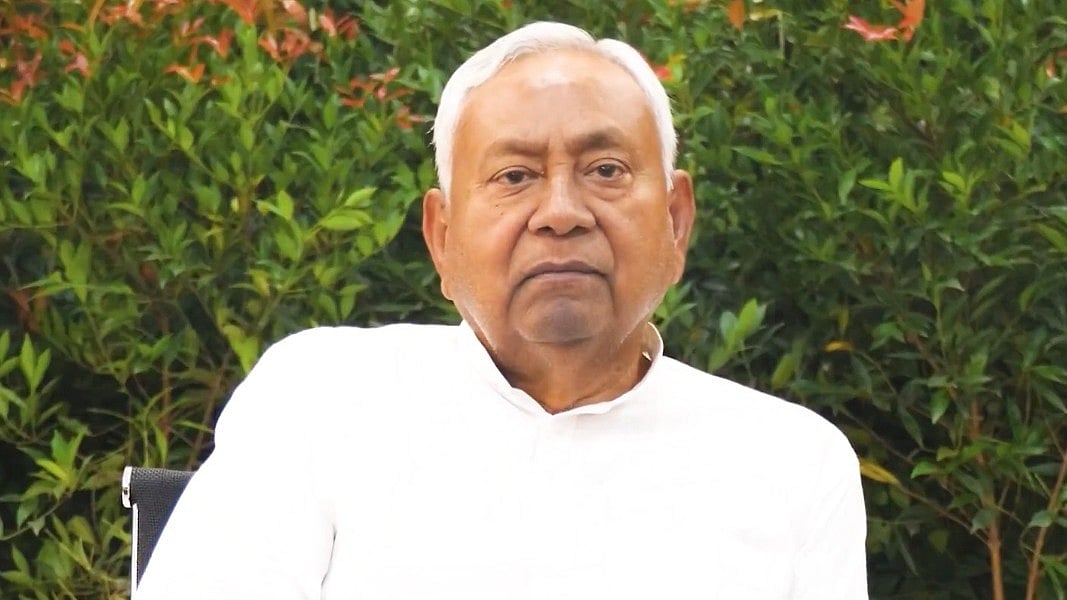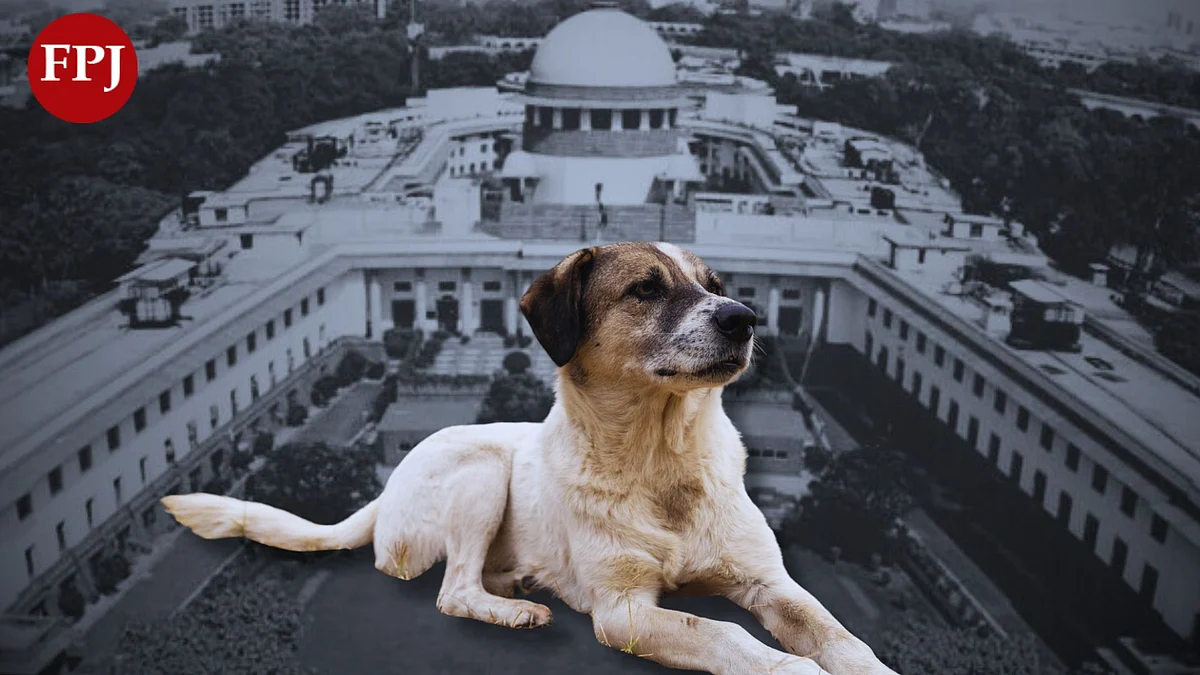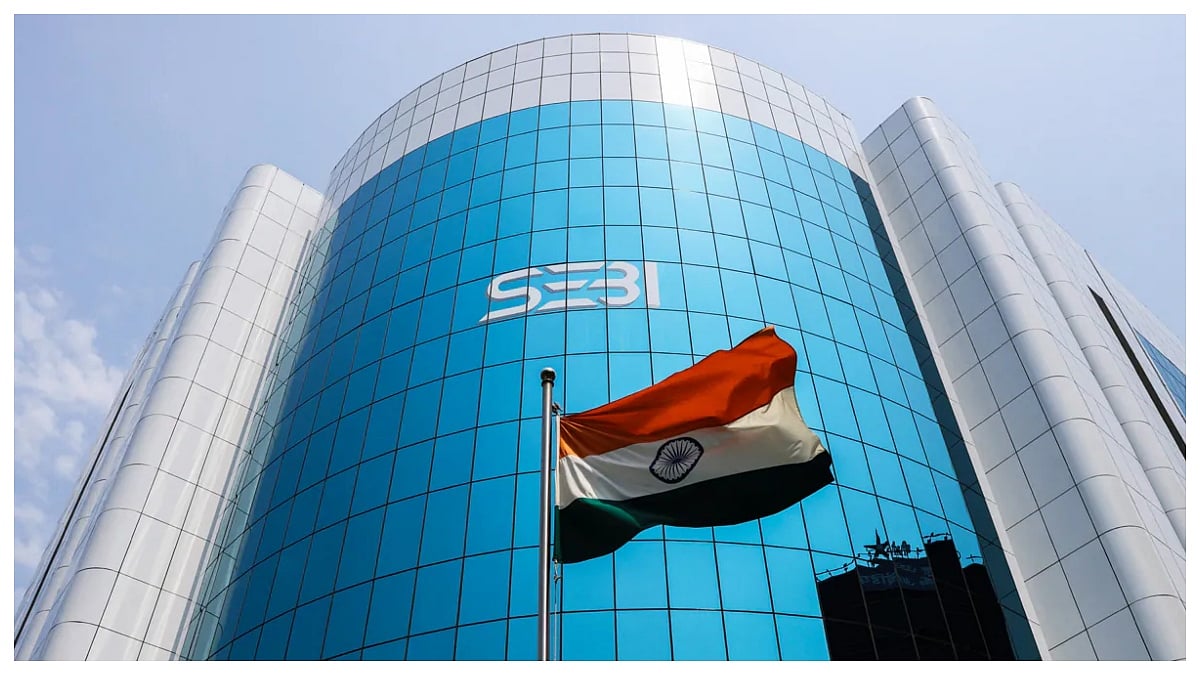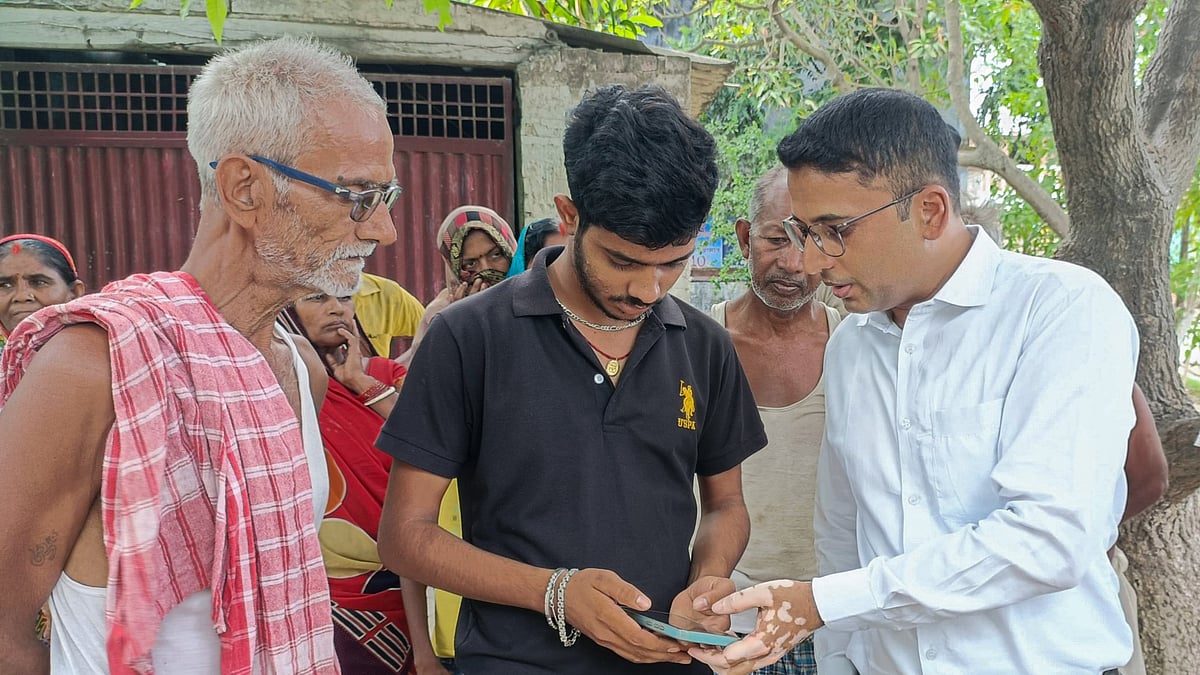The definition of ‘vikas’ apparently changes as Uttar Pradesh goes to the polls, with hard-pressed voter sharping on myriad problems such as poll issues, including the junking of ten-year-old tractors, scarce jobs, high prices, low farm MSP and interest rates.
Interestingly enough, just as polling gets under way, the RBI, almost agreeing to the rising prices and other uncertainties at its monetary policy committee (MPC) meeting, has lowered the growth forecast to 7.8 per cent in 2022-23, against the finance minister’s 8 to 8.5 per cent. A belt-tightening forecast! It has kept interest rates unchanged at a low of 4 per cent repo rate, the RBI lending rate to banks and the reverse repo rate at 3.5 per cent, the rate at which the RBI borrows from banks.
Former Chief Economic Advisor Kaushik Basu notes that growth has been decelerating. It was 8.2 per cent in 2016-17; 7.2 per cent 2017-18; 4.2 per cent 2018-19; and minus 7.3 per cent 2020-21, growing less each year, a first since 1947.
The MPC presumes retail price inflation this year to be at 4.5 per cent but cautions about the hardening of global crude prices on inflation. Overall, it has retained its inflation projection at 5.3 per cent and with a closing at 5.7 per cent by March on account of unfavourable base effects. However, it ignores the 13-plus per-cent wholesale inflation. The US agrees to a one per cent rate rise. The RBI too could have incentivised deposits and ensured better banking health.
Voters are not bothered about the nitty-gritty but have changed their perception of development – vikas – to mean whosoever they were voting for would help them grow. Almost uniformly, voters in UP say that they are voting for vikas and when quizzed further, they say that they are voting for “our own vikas” and name an opposition SP-RLD candidate. For the other voter, it means following the call of Yogi Adityanath and Prime Minister Narendra Modi.
Though it signals a change, it is to be seen how the incumbent BJP fares. The BJP, as per its new manifesto, is no longer contesting the poll on the promise of doubling farmers’ income, announced in 2017 nor ensuring MSP to all, a demand that the agitating farmers had harped on. But people are also voting for temples and communal issues, though they agree they have been hit by rising prices.
However, contrary lines are reflected in the lone dissenting voice of Prof Jayanth R Varma in the MPC. He had disagreed with the MPC resolution on August 20, 2021, saying, “By creating the erroneous perception that the MPC is no longer concerned about inflation and is focused exclusively on growth, the MPC may be inadvertently aggravating the risk that inflationary expectations will be dis-anchored. In that scenario, rising risk premiums could cause long-term rates to rise”.
Voters may not have read it but with their practical intuition, seem to agree with the perception. The mood for change is because of their quest for better living conditions. Even the main MPC discourse does not belie the perception of Varma. RBI Governor Shaktikanta Das says that next year’s Central borrowings will not be as high as projected in the Budget. It means a shrinkage of borrowings, deposits, uncertain expenses and growth. It is a bit eerie.
Consumption is not rising. That seems to be the concern of the voters, the RBI and the government alike. Voters realise that the economy will be shaky, whatever the official rhetoric.
The BJP had overwhelmingly benefitted in UP, riding on high expectations in 2017. Its manifesto speaks of MSP but does not guarantee and repeats payments to cane growers in 14 days, as does the SP in 15 days.
One interesting aspect is that in the Budget, minorities have been given priority in allotments through the PM Awas Yojana, free food doles and an increase in minority affairs allocation to Rs 5,000 crore, Rs 674 crore more than the revised estimates of Rs 4,346 crore. Minority youths get Rs 2,431 crore for scholarships and skill development. And most interestingly, minorities have been given Rs 10 crore for containing population decline despite many harping on its unusual increase. These issues are being propagated by the Rashtriya Muslim Morcha’s close interactions with minority religious groups.
But this does not give much reprieve to the common man. Governor Das says that rising inflation will continue to peak till the second half of 2022-23 “within the tolerance band of RBI providing room for policy to remain accommodative”.
Overall, the MPC notes a loss in momentum of near-term growth even as global factors turn adverse. It assesses that owing to the Ukraine Russia conflict, Iran-US qualms, a fluid Afghanistan and uncertain Middle East, the economic situation may deteriorate. In such circumstances, expecting improvement in domestic growth drivers is a bit optimistic. These have been the concerns for lowering growth to 7.8 per cent. Very high growth is expected in the first quarter and then a gradual tapering off to 4.5 per cent in the last quarter of 2022-23, according to Das.
Though Indian voters need not understand the phenomenon emerging in the distant West, it could hit India hard. Considering this, the MPC is concerned over stagnant private consumption, which has yet to touch the pre-pandemic level.
The global problem may hit India harder, in tune possibly, with the pessimistic Indian voter. The World Bank warns of a fragile economy infested with daunting challenges. World growth may be hit by the difficult situation in the US.
Despite the tom-tomming of high growth, the US suffers from the China syndrome. China has bought none of the $200 billion exports it promised to buy from the US under the ‘Phase I’ trade deal. This could push the US into a choppy regime, impacting the global economy. Global inflation and an unstable US economy could create turbulence. Everything is getting expensive in the US.
The persistent increase in international commodity prices, the surge in volatility of global financial markets and global supply bottlenecks could exacerbate risks to the outlook, says Das. Yes, Chinese trade moves in the Indian subcontinent might also cause difficulty.
Das says still India can recover with a buoyant rabi crop, robust exports, liquidity conditions improving credit offtake and continued push on capital expenses and infrastructure. Hopes are a bit too high and the MPC cautions are sharper than any voter can expect. What is left unsaid is grim and 2022-23, as per the MPC, may not be as bright as it is sought to be projected. Belt-tightening seems imminent.
(The writer is a veteran journalist, an observer of the socio-politico economy and a media academician)









